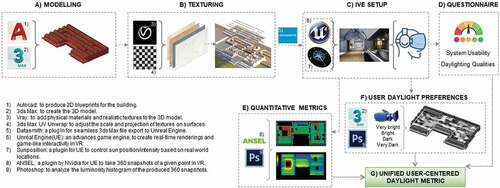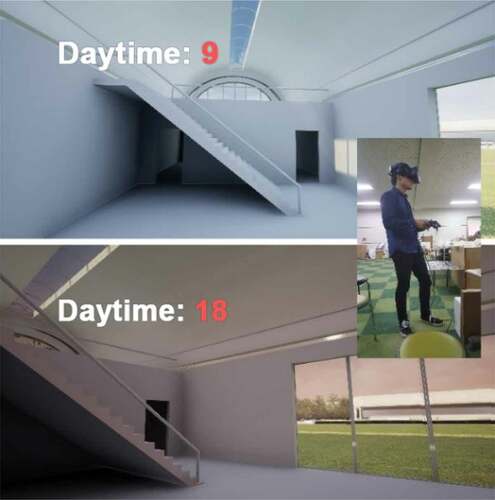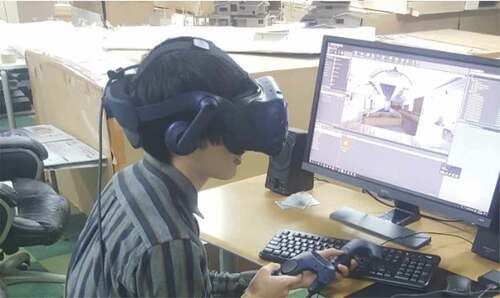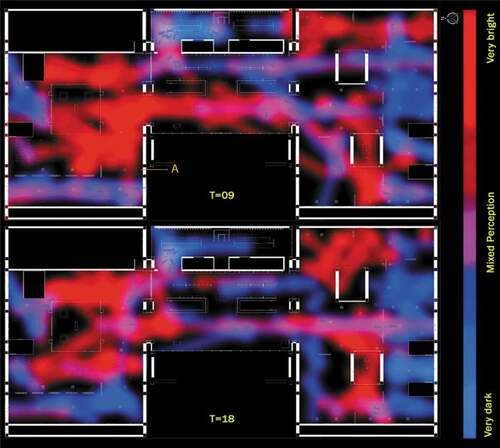Figures & data
Figure 2. Floor plan of the virtual model showing main areas as follows; 1) Lobby 2) Library 3) Café 4) North gallery 5) South gallery A 6) South gallery B
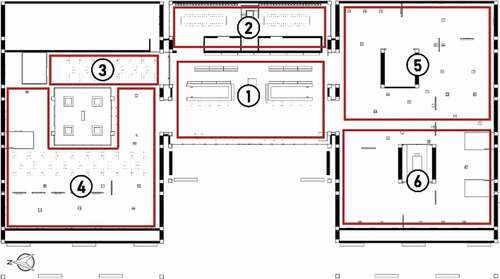
Figure 3. Daylighting strategy in Kimbell museum through light reflector devices (CitationLouis I. Kahn Building | Kimbell Art Museum)
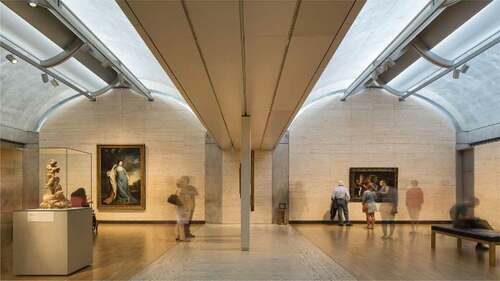
Figure 5. Daylighting conditions in different areas of the virtual museum at the two designated day times
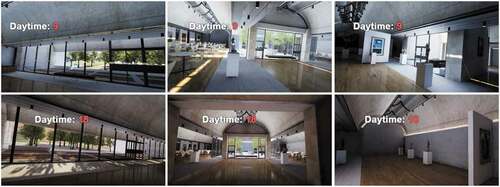
Figure 6. Luminance distribution of an identical scene in Daylight Visualizer (left) and UE4 (right) at 9 am
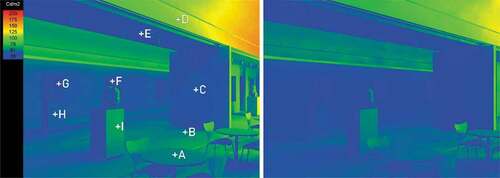
Table 1. Illuminance results in Velux Daylight Visualizer and UE4, showing error percentage of each measurement
Table 2. The post-experience questionnaire aspects and questions
Figure 13. Sample of scenes perceived by participants as “very bright” (upper row) and “very dark” (lower row) at the two day time settings
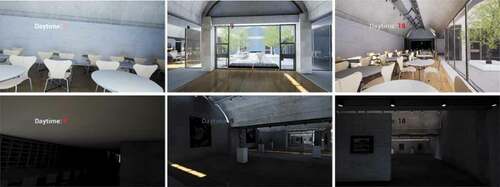
Figure 15. Average scene brightness values (upper) and SD values (lower) of the virtual model at 9 am
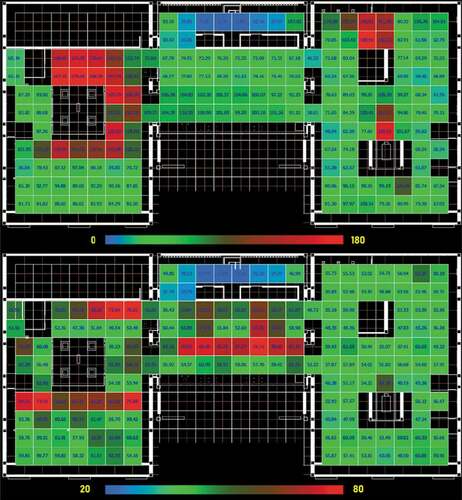
Figure 16. Scatter plot of perception-based ranking and mean brightness values for a given spot at 9 am
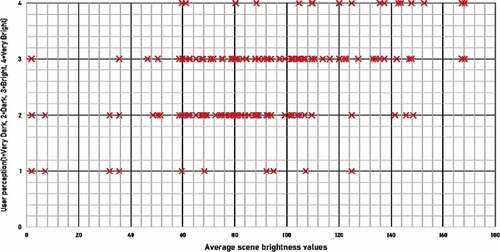
Table 3. Pearson correlation analysis between scene brightness values and user snapshot rankings
Table 4. Areas of “mixed perception” and their respective SD and mean brightness values


